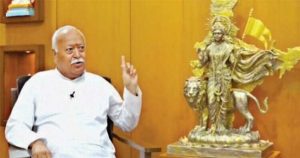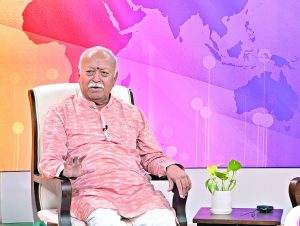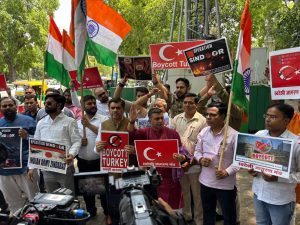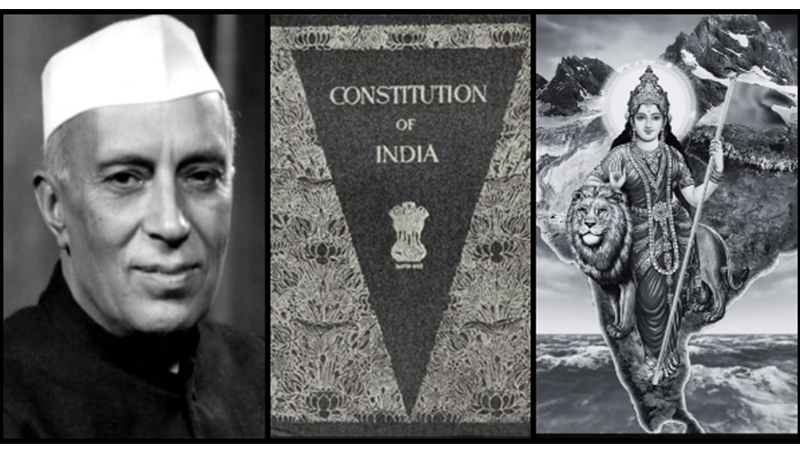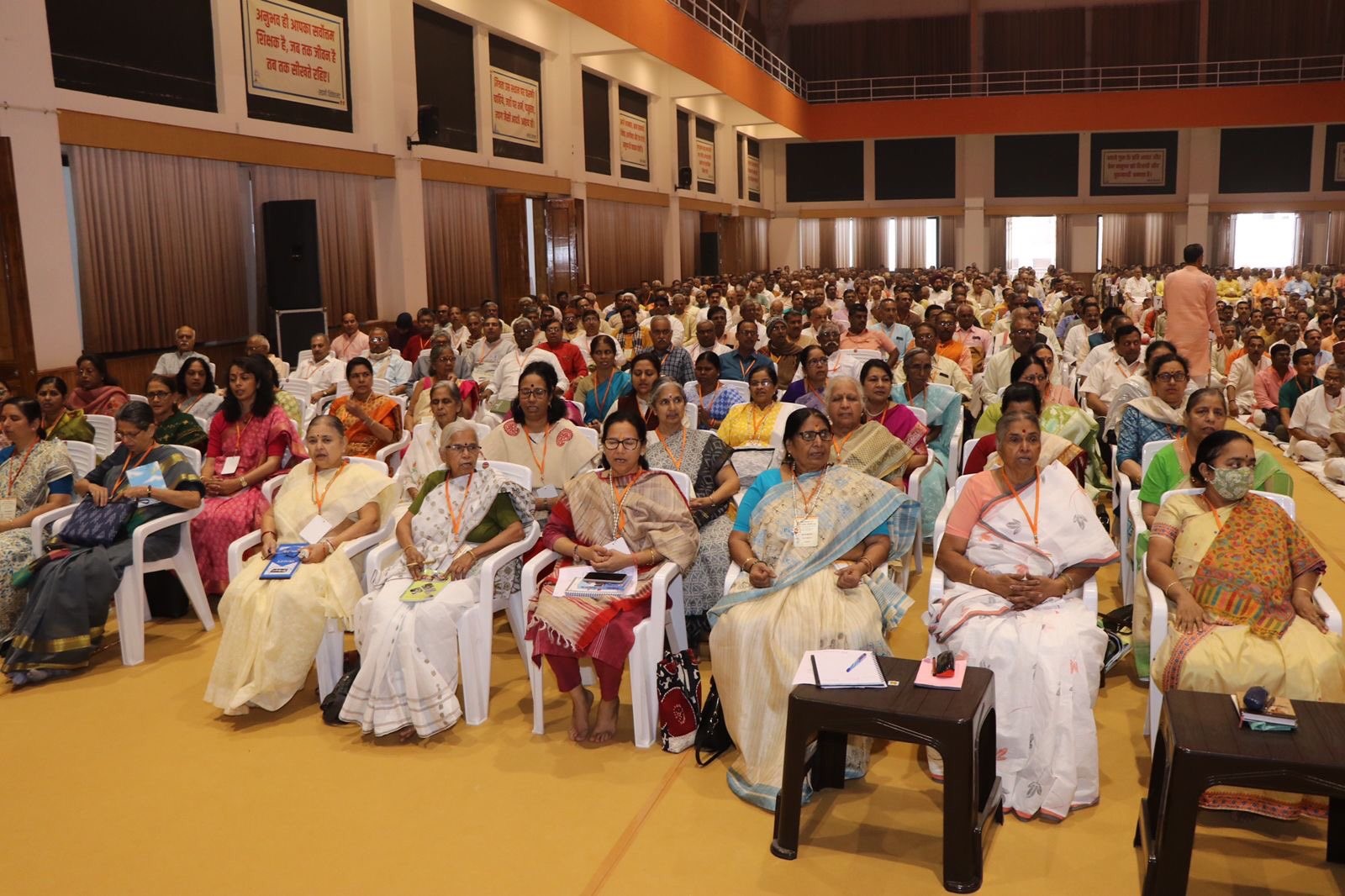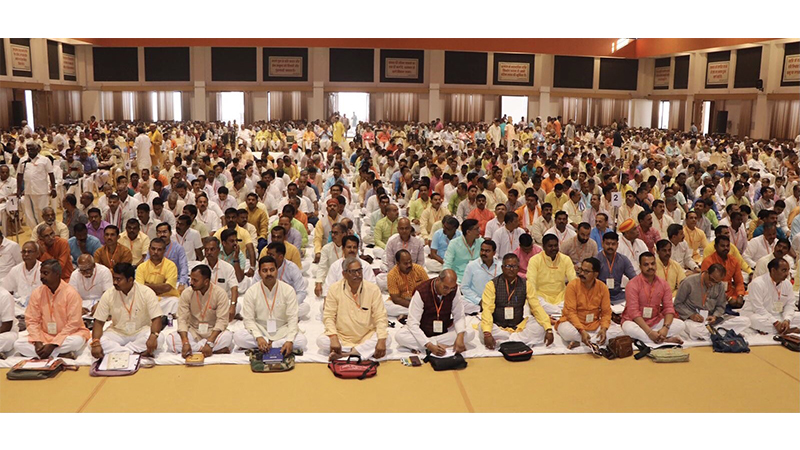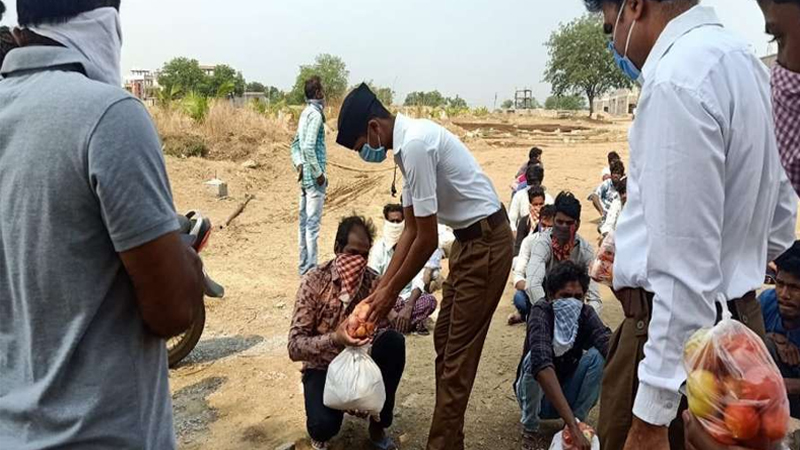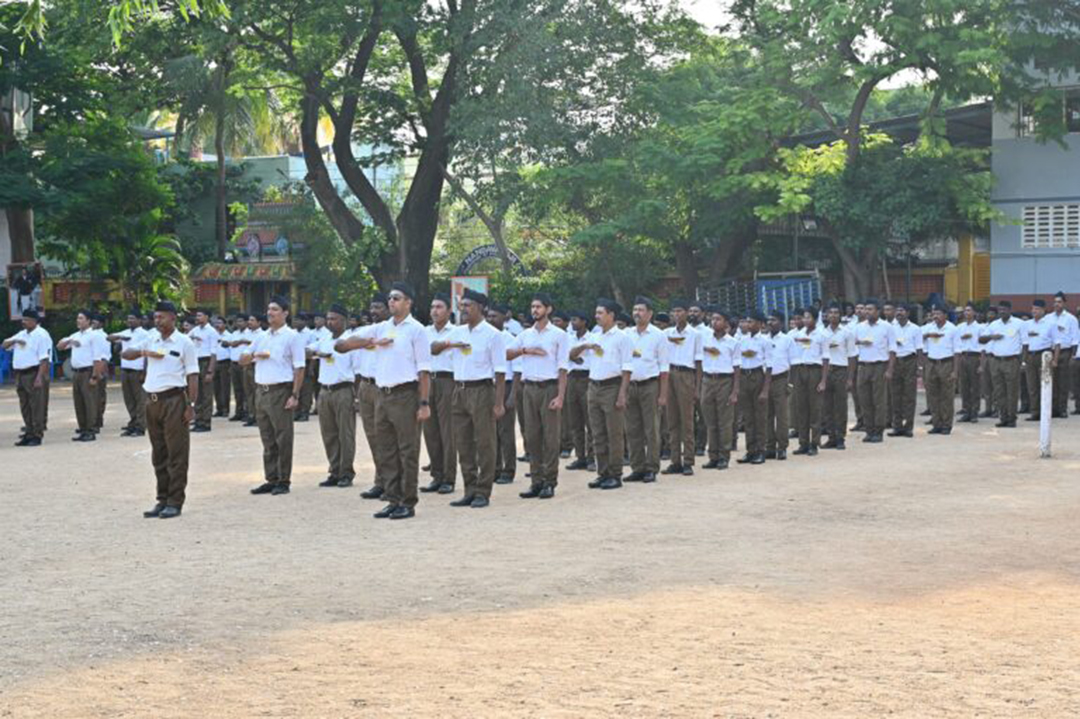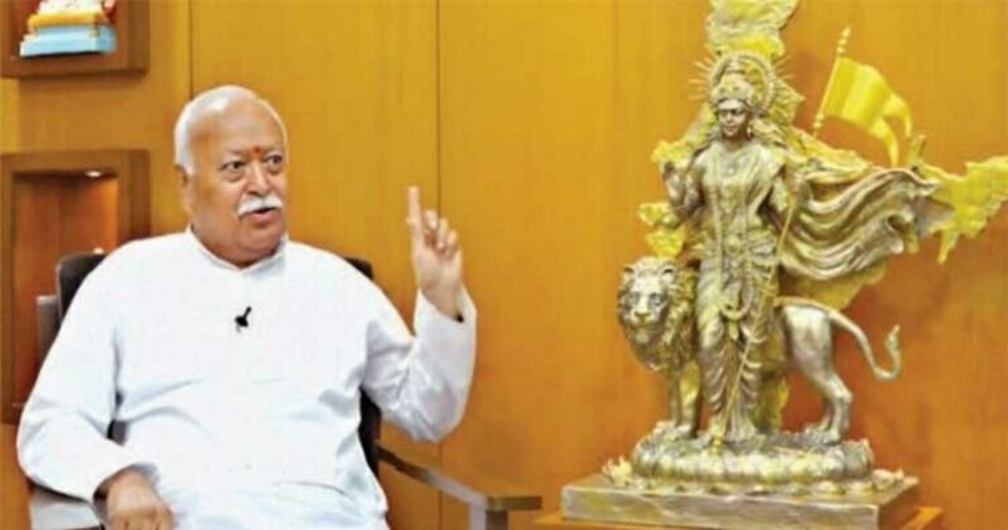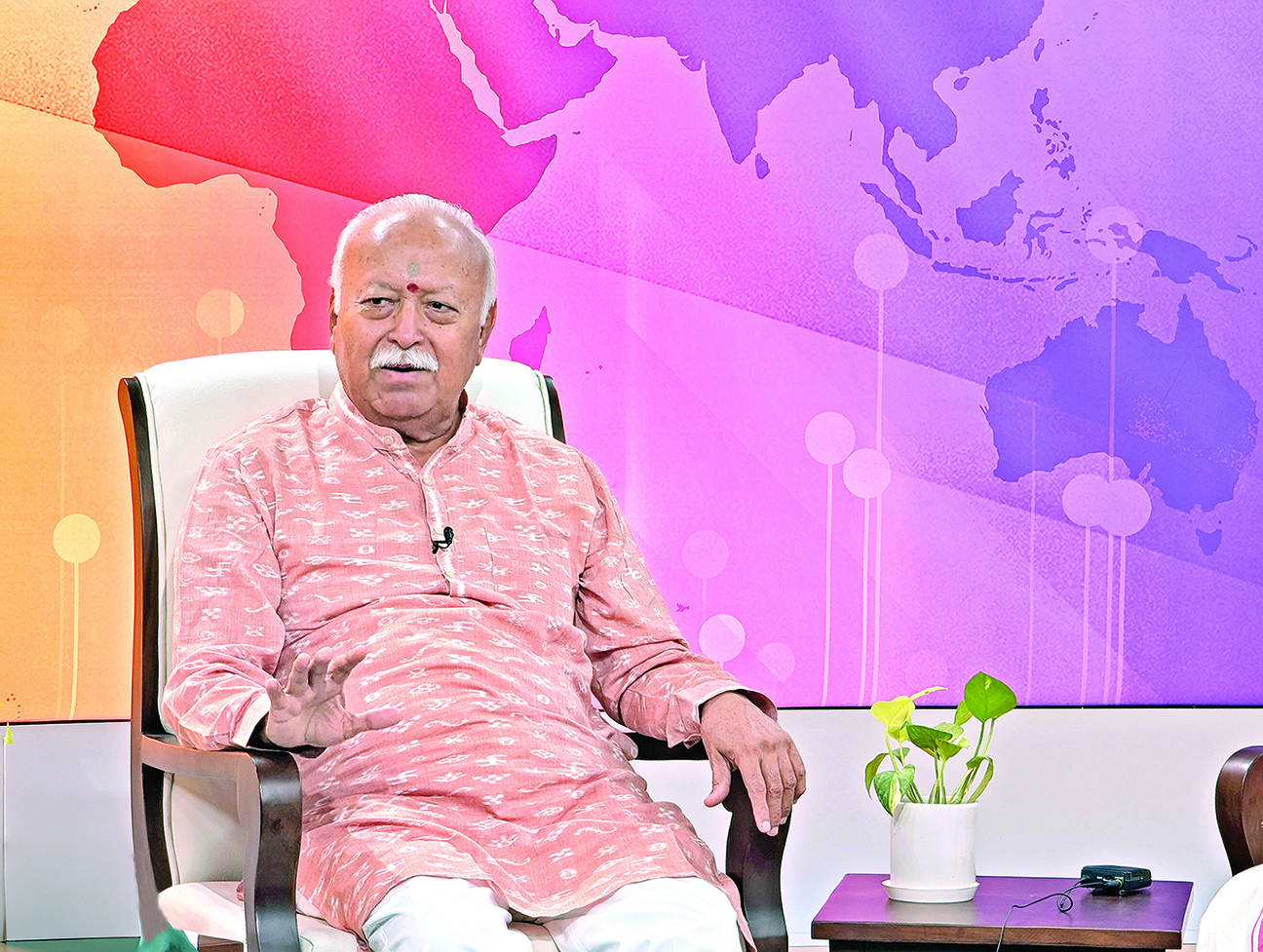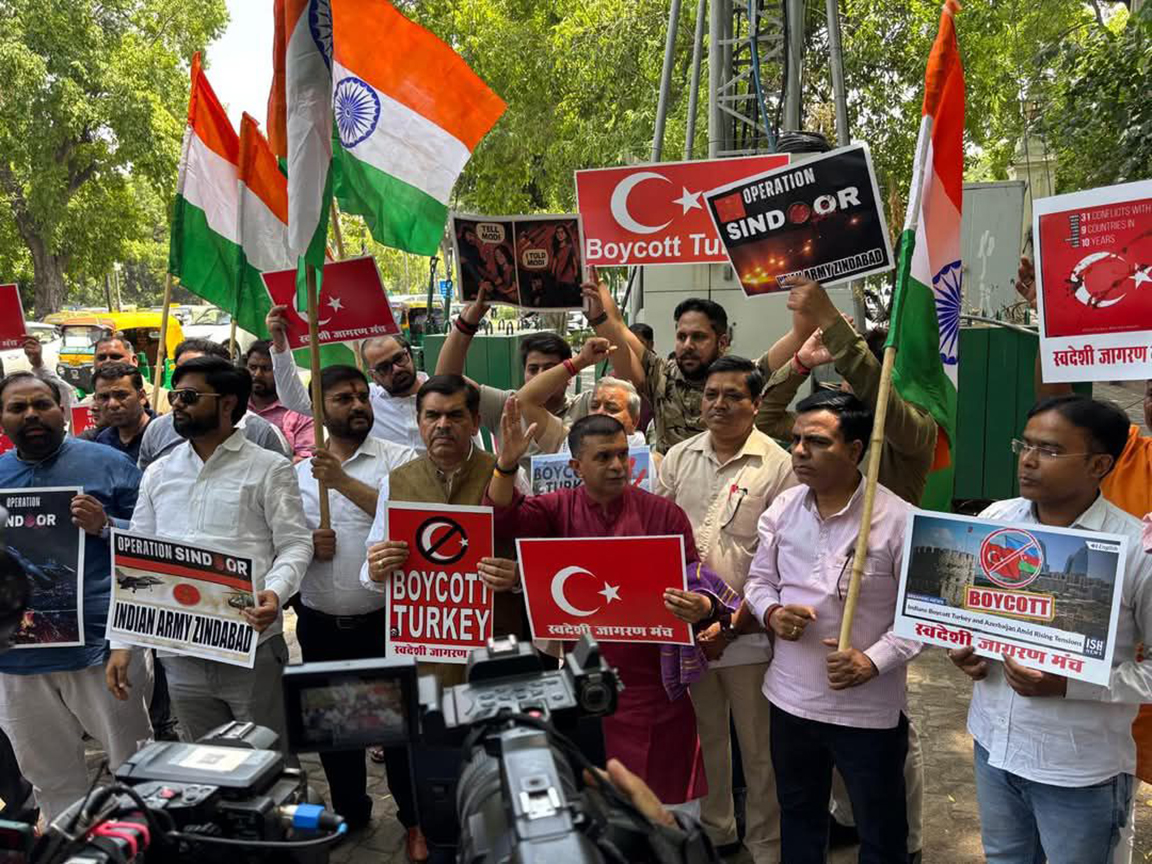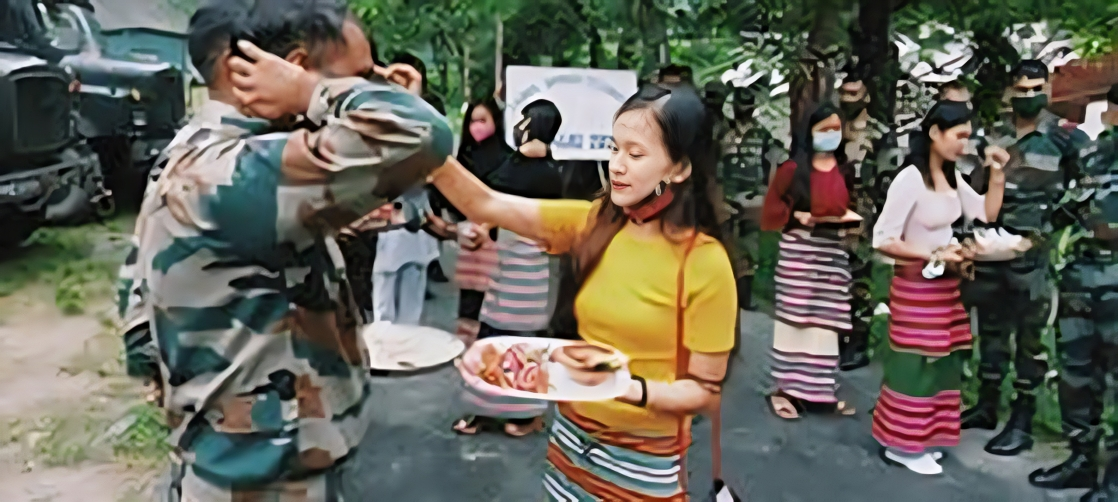Vivekananda Rock Memorial:An inspirational tale of grit and determination
Updated: August 21, 2024 14:30

Swami Vivekananda’s mission for the rejuvenation of Bharat began when he sat on “the last bit of Indian rock” at Kanyakumari and attained the vision of national reconstruction. Thanks to the gigantic efforts of a Pracharak of Rashtriya Swayamsevak Sangh (RSS), Eknath Ranade, this place has an inspirational national monument called Vivekananda Rock Memorial, to recall Swami Vivekananda’s mission for India.
The story of construction of this monument is as inspiring as the words of Swami Vivekananda he wrote in a letter to Swami Ramakrishnananda on 19 March 1894, “Sitting on the last bit of Indian rock—I hit upon a plan: Suppose some disinterested sannyasins, bent on doing good to others, go from village to village, disseminating education and seeking in various ways to better the condition of all, down to the last person—can’t that bring forth good in time?” “We, as a nation, have lost our individuality, and that is the cause of all mischief in India. We have to give back to the nation its lost individuality and raise the masses.”
Eknath Ranade, who had become an RSS Pracharak in …… rose through the ranks to become the RSS general secretary. In 1963, on the occasion of Swami Vivekananda’s birth centenary, the RSS decided to take up the mission of constructing a memorial and build an organisation associated with it to carry out social welfare projects across the country amongst the marginalised sections of the society.
A committee to build up this memorial was set up and Ranade was drafted by the RSS to spearhead this mission. The memorial was completed at the cost of Rs 1.25 crore in 1970. Most importantly, Ranade led the campaign to make it a national effort.
It is on record that 323 Members of Parliament appealed for its construction, cutting across political lines. The budget for construction was pegged at Rs 1.35 crores and out of this Rs. 85 lakh was collected through one-rupee and two-rupee donations from the common people. In addition, almost all the state governments contributed notwithstanding across all regions.
Ranade’s deft handling of the campaign to construct this mission turned into a true symbol of the united aspiration of the nation. That he was able to mobilise people across the political spectrum could be surprising as well as a great learning lesson for especially those who target the RSS due to their political affiliations.
The Memorial was dedicated to the nation in September 1970 after an inaugural by the then President of India, Shri V.V. Giri. Interestingly, a memorial built under the leadership of an RSS Pracharak also attracted appreciation from Prime Minister Indira Gandhi. She visited the Memorial on 16 September, 1970 and commented, “It is a moving experience to come to Kanyakumari and see how the faith of thousands in Swami Vivekananda’s Message has made possible this memorial. May it inspire all who visit it and give them the courage to live up to Swamiji’s great and timeless teachings.”
Ranade: Man with a Mission
Eknath Ranade was born on 19 November 1914, at Timtal in Amravati District, Maharashtra, in an ordinary household. His father Ramakrishna was a station master and a strict disciplinarian. His mother Ramabai was a devout Hindu and had a deep influence on him.
Ranade was educated at Hislop College, Nagpur. He passed his M. A. in Philosophy from Nagpur University and took a Law degree from Sagar University, Madhya Pradesh.
During his younger days he came in contact with the founder of the RSS Dr Keshav Baliram Hedgewar. In 1938, he became an RSS Pracharak. Ranade initially worked to expand the RSS work in Madhya Pradesh and then subsequently in the north-east region including Bengal, Assam, Orissa, Tripura, Manipur and Meghalaya. He had learnt Bengali and also came in close contact with Ramakrishna Mission. Post-partition of India, when there was an exodus of Hindus from East Bengal, that became part of Pakistan to West Bengal, which remained in India, he devoted himself to the relief and rehabilitation of the refugees. He was appointed as General Secretary of the RSS in 1955 and served the organisation till 1962 in that capacity.
In August 1963, he took charge as the Organising Secretary of Vivekananda Rock Memorial Committee. Later he set up Vivekananda Kendra in 1972 and became its General Secretary. In 1978, he became President of the Vivekananda Kendra,.
Vivekananda Kendra has over 1,332 branch centers spread across 26 states of India, working for all sections of society to rebuild the nation. To achieve this, full-time workers and local volunteers of the Kendra carry out various service activities through Yoga Varga, Swadhyaya Varga (Study Circle), Samskar Varga (Cultural classes) and Kendra Varga (for nurturing workers). The Kendra works with youth and women and implements social service projects in the field of rural development, education, development of natural Resources and publishing based on the life and message of Swami Vivekananda.
Ranade’s philosophy can be summed up in his own words, “An aggregate or a congregation of men does not make a nation, nor do the geographical area and duration of time qualify a society to be known as a nation. A government formed on such a basis can be called a state, but not a nation. It is a common goal or mission that makes a nation. All the constituents strive collectively for something noble. Service with spiritual orientation results in man-making which invariably and inseparably connected with nation building.”
He passed away on 22 August, 1982 at Chennai and was cremated the next day at Vivekanandapuram, Kanyakumari.
(The article was first published in moneycontrol.com. Link:https://www.moneycontrol.com/news/opinion/eknath-ranade-architect-of-unity-behind-the-vivekananda-rock-memorial-12801588.html )

